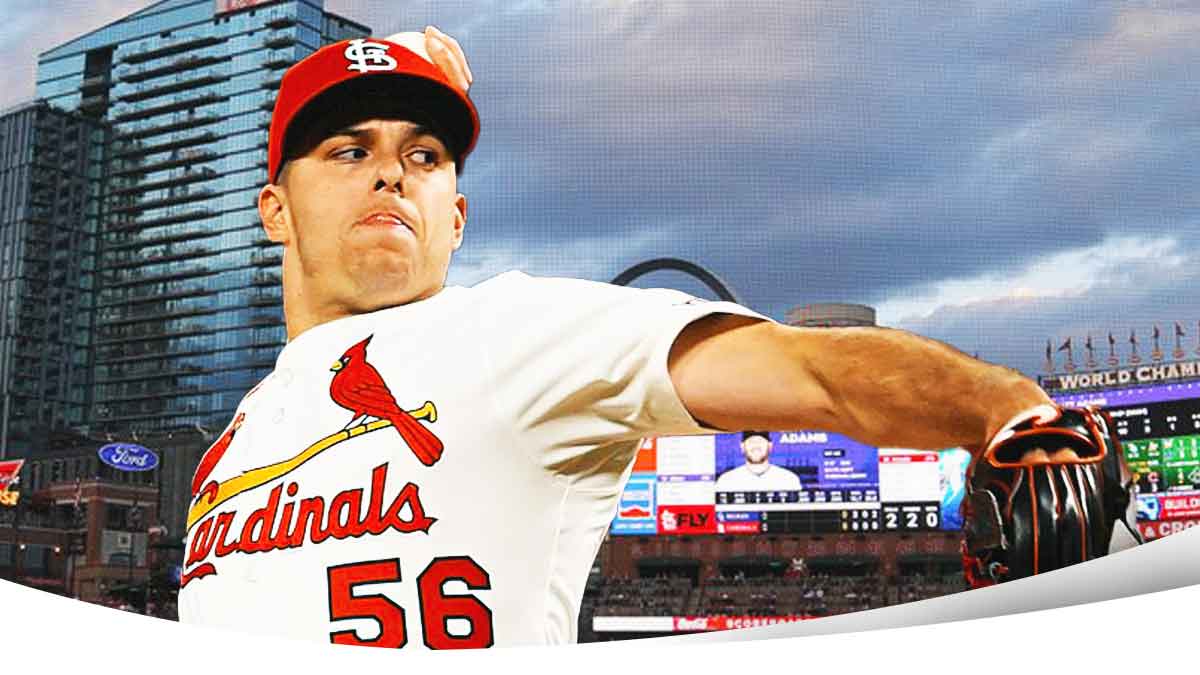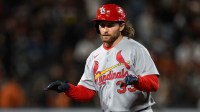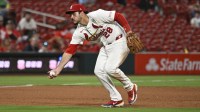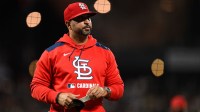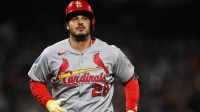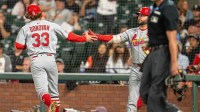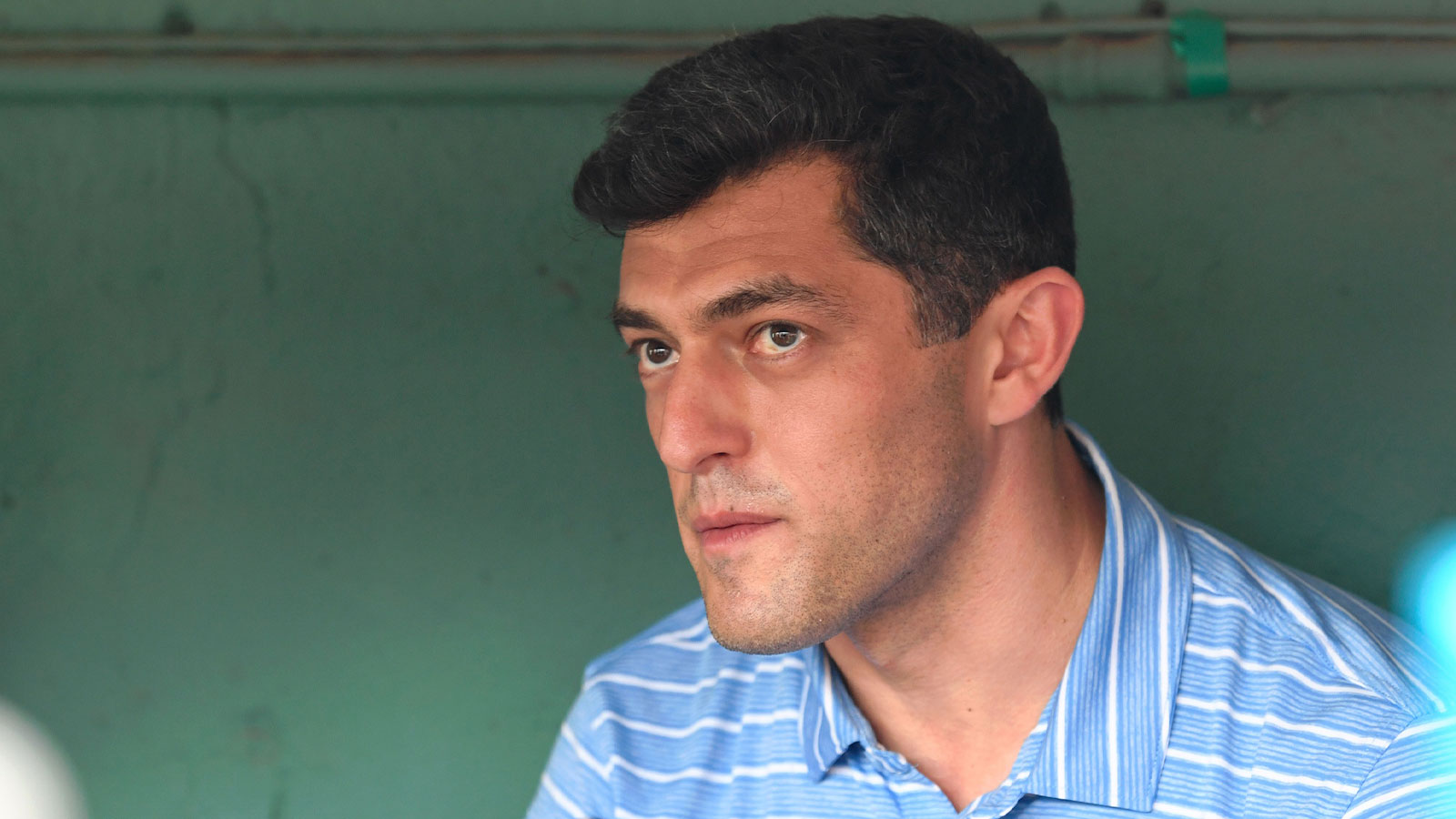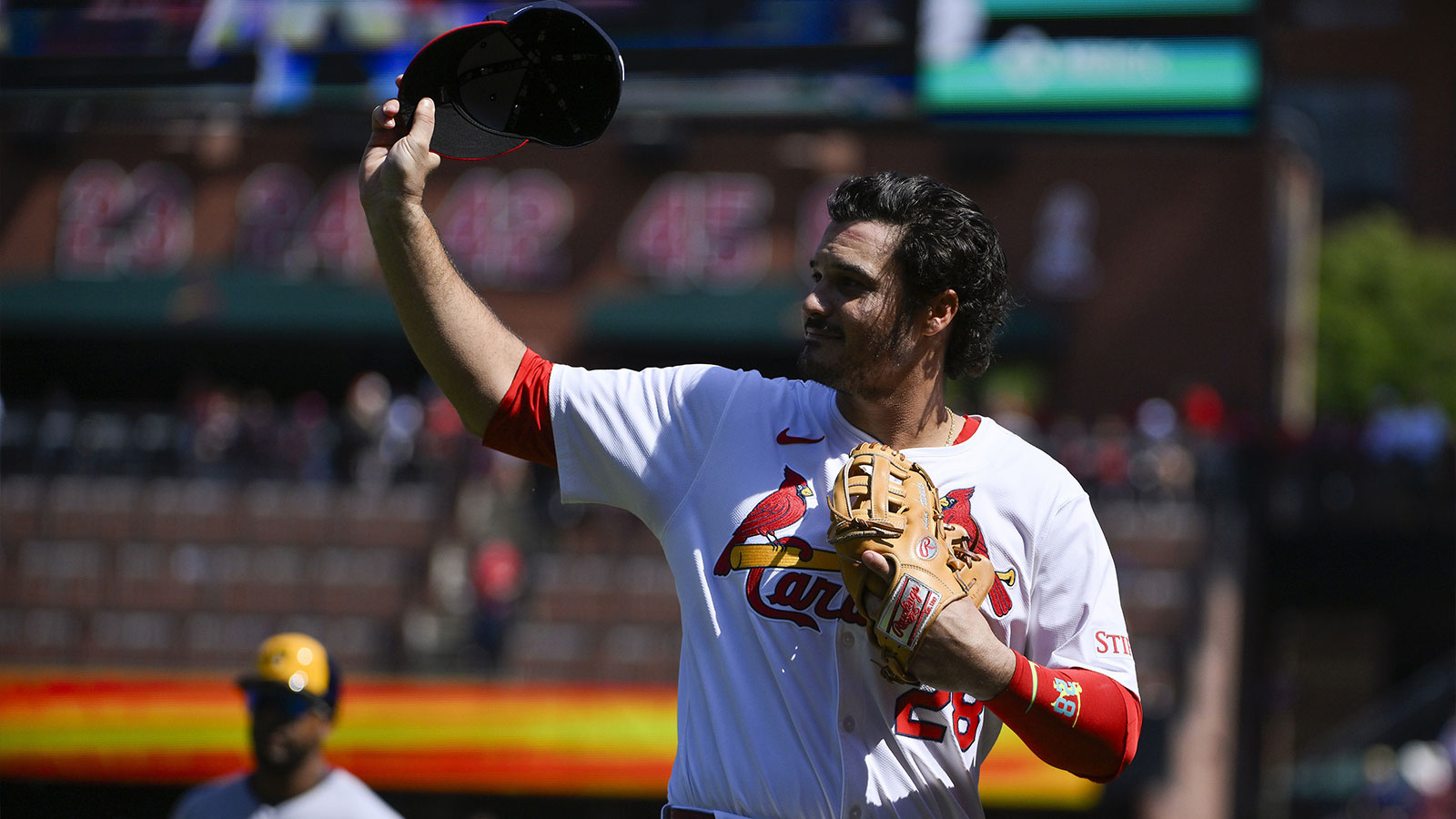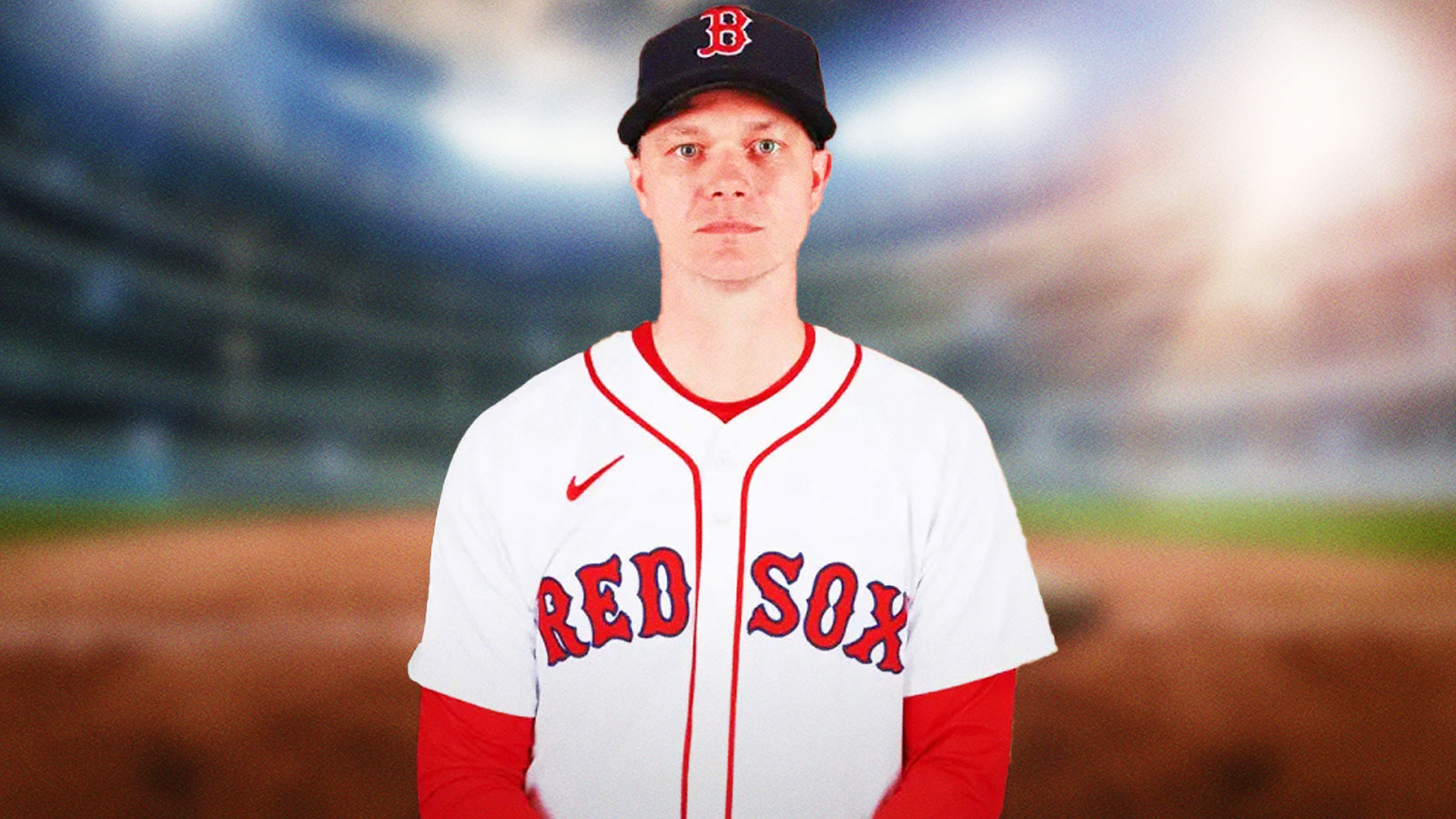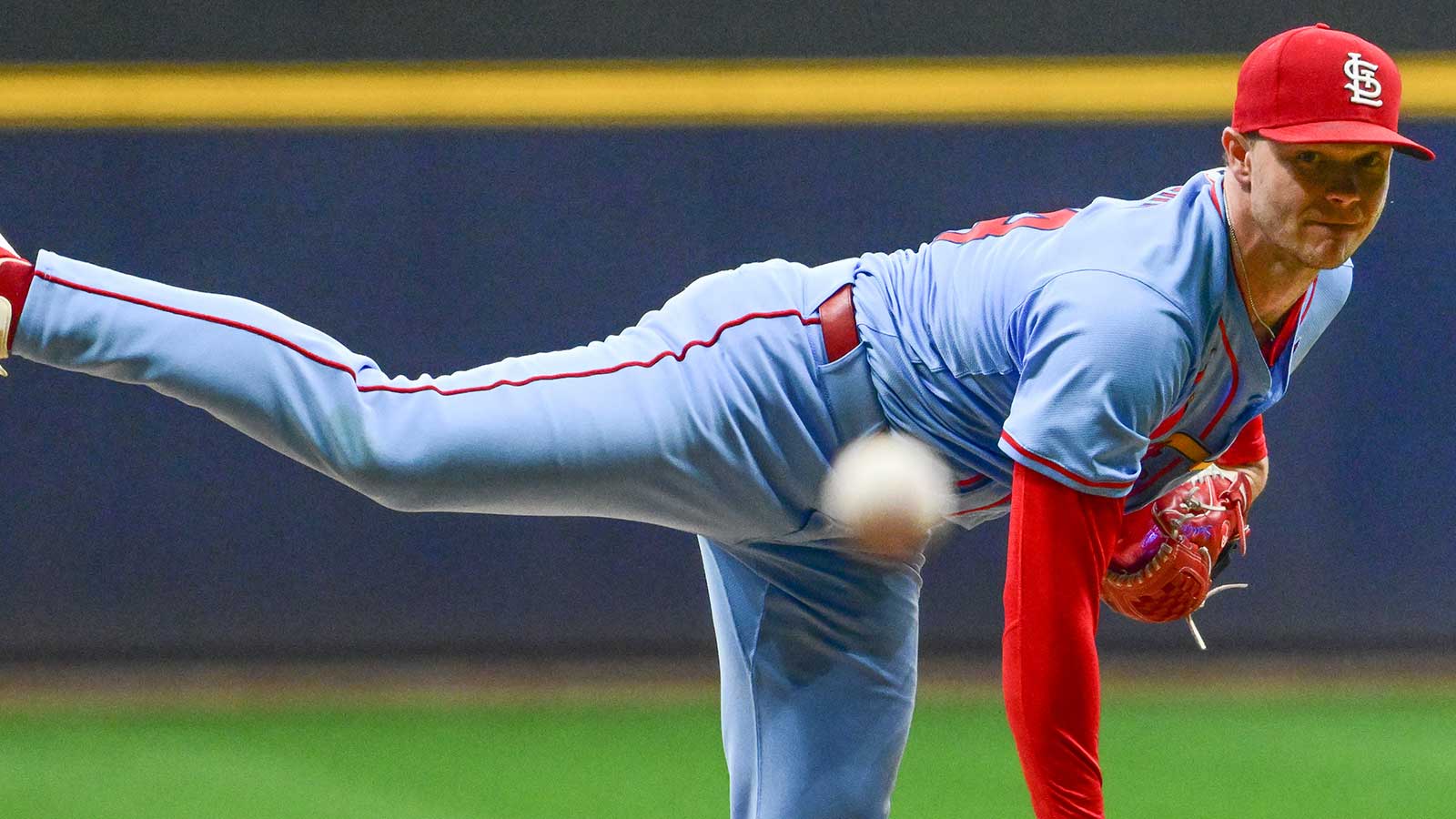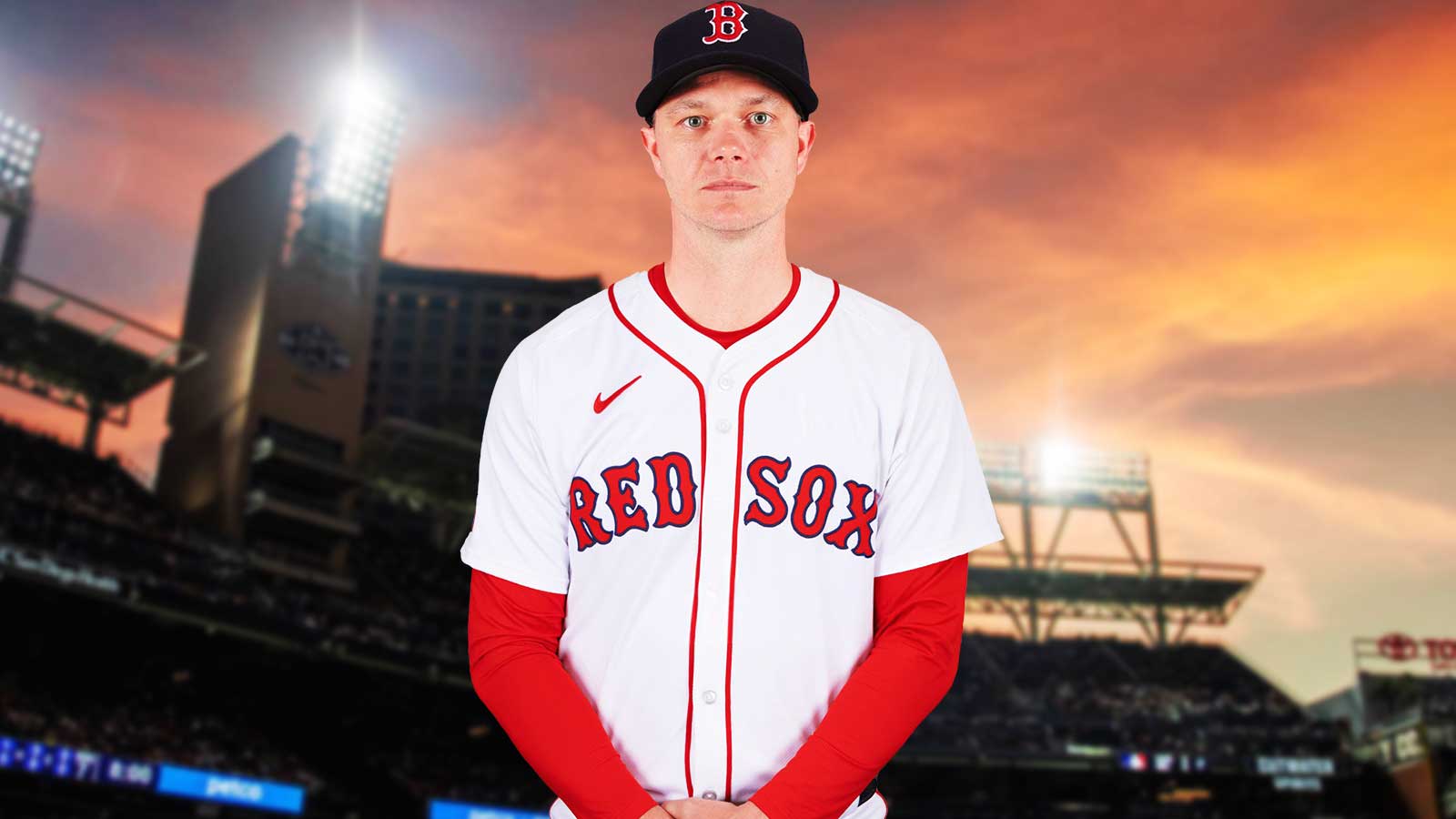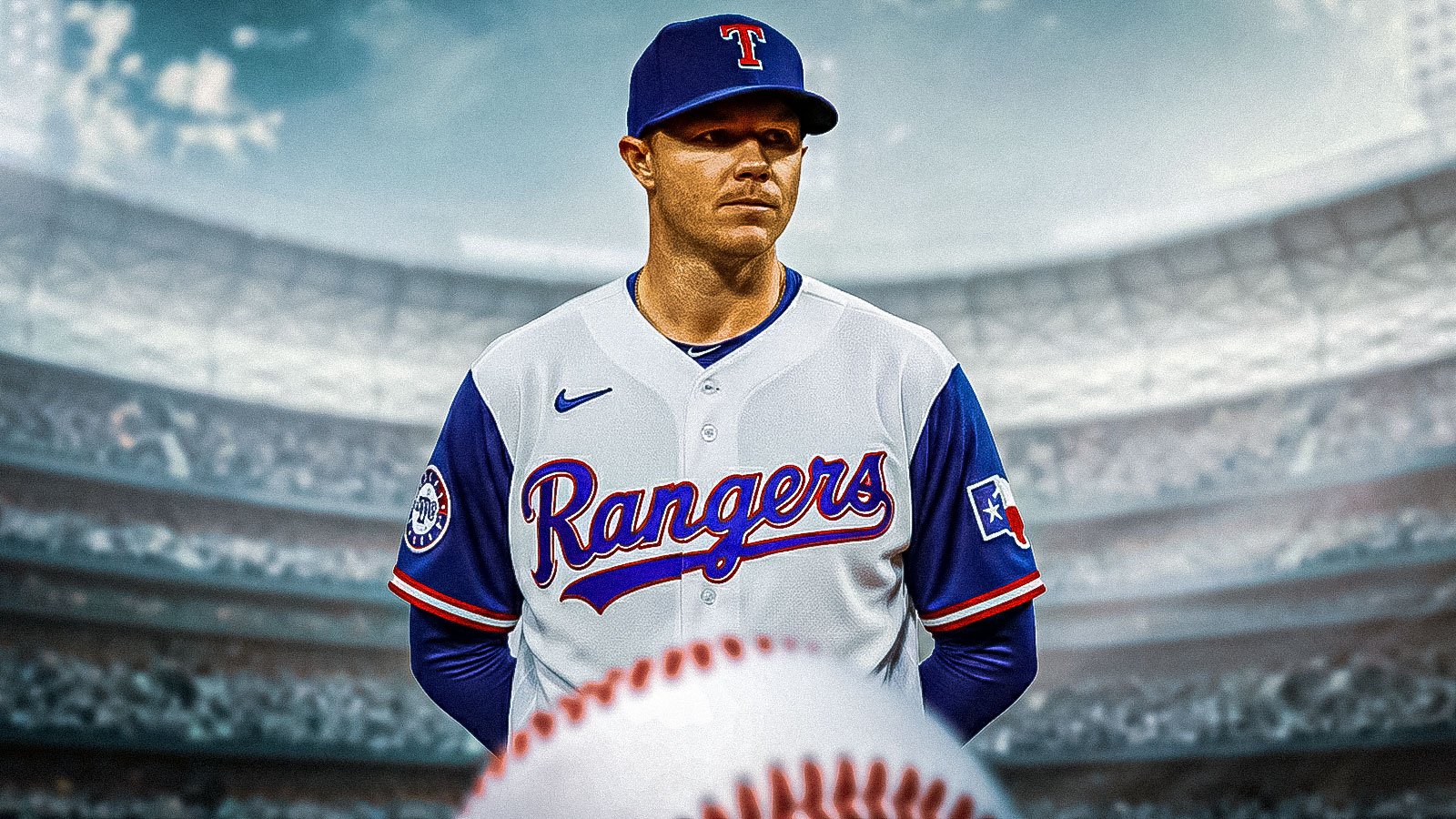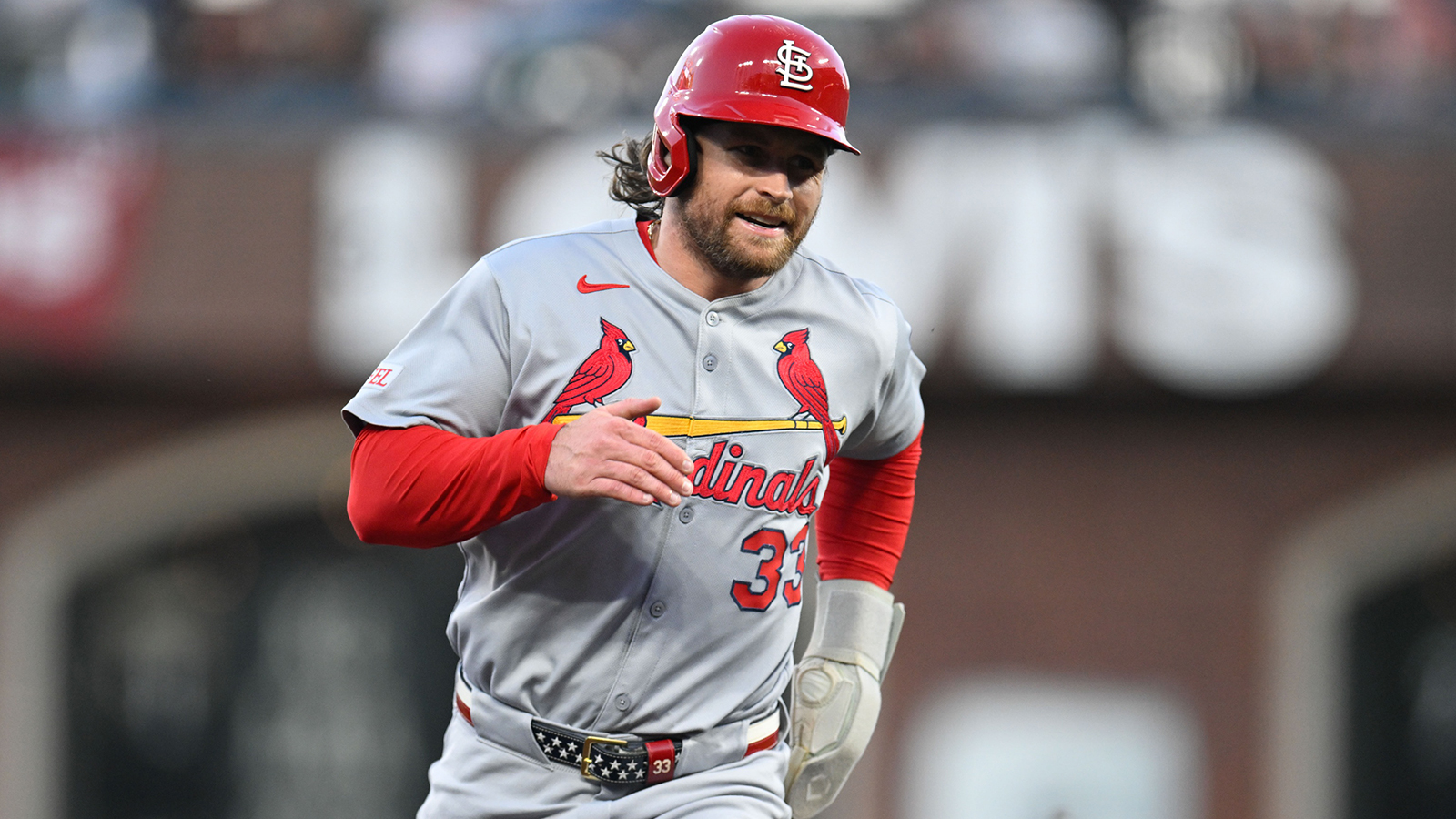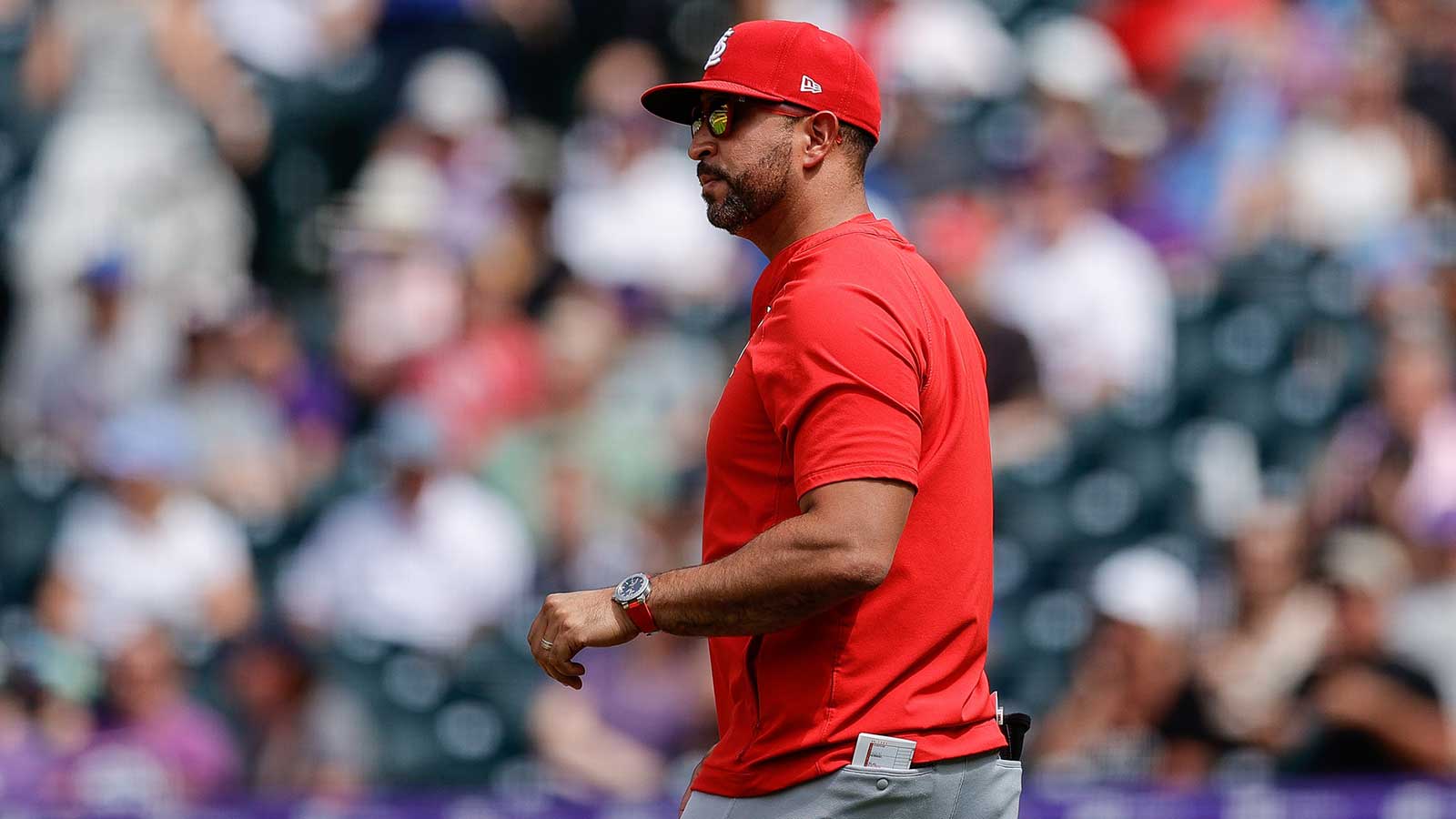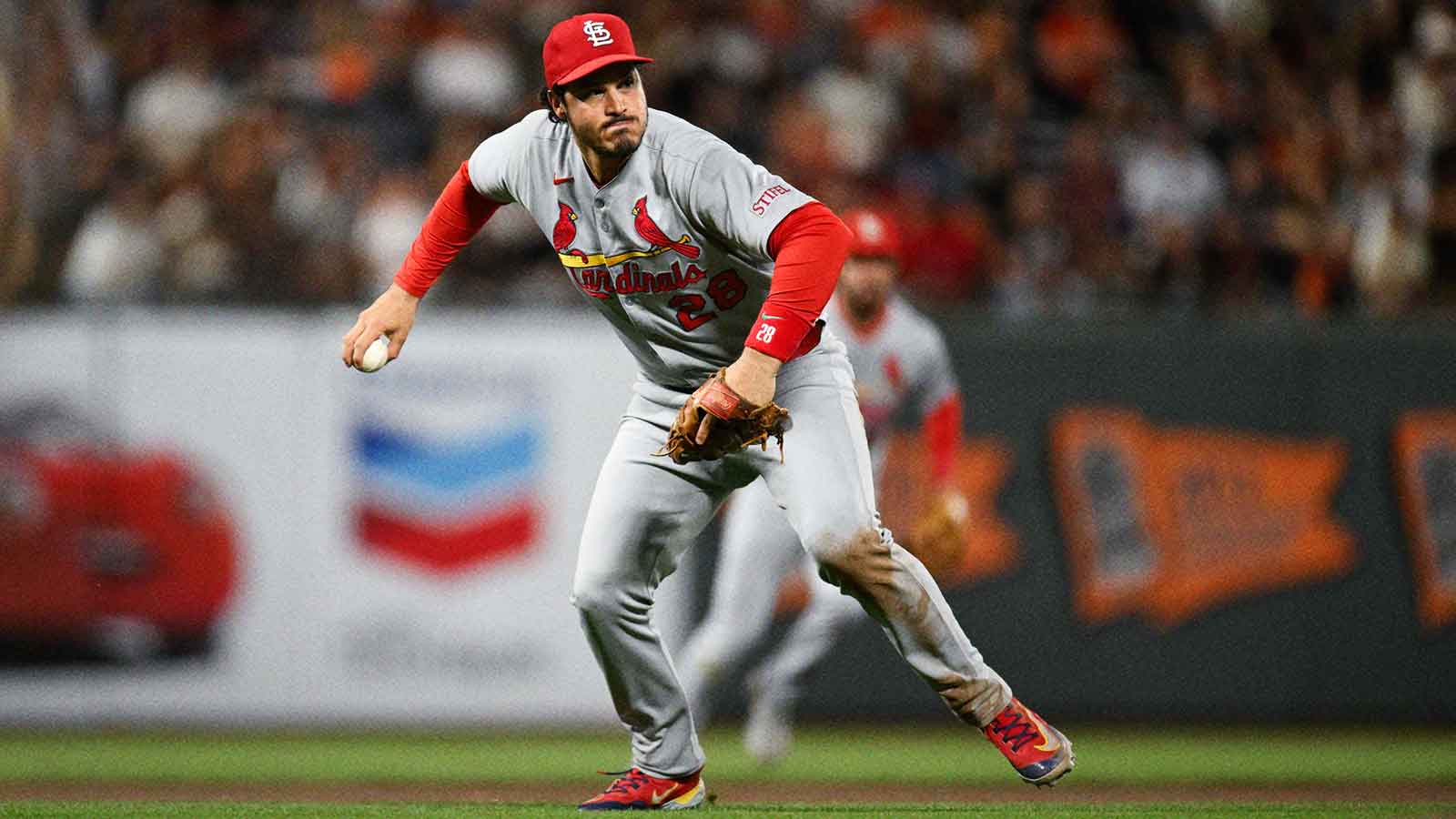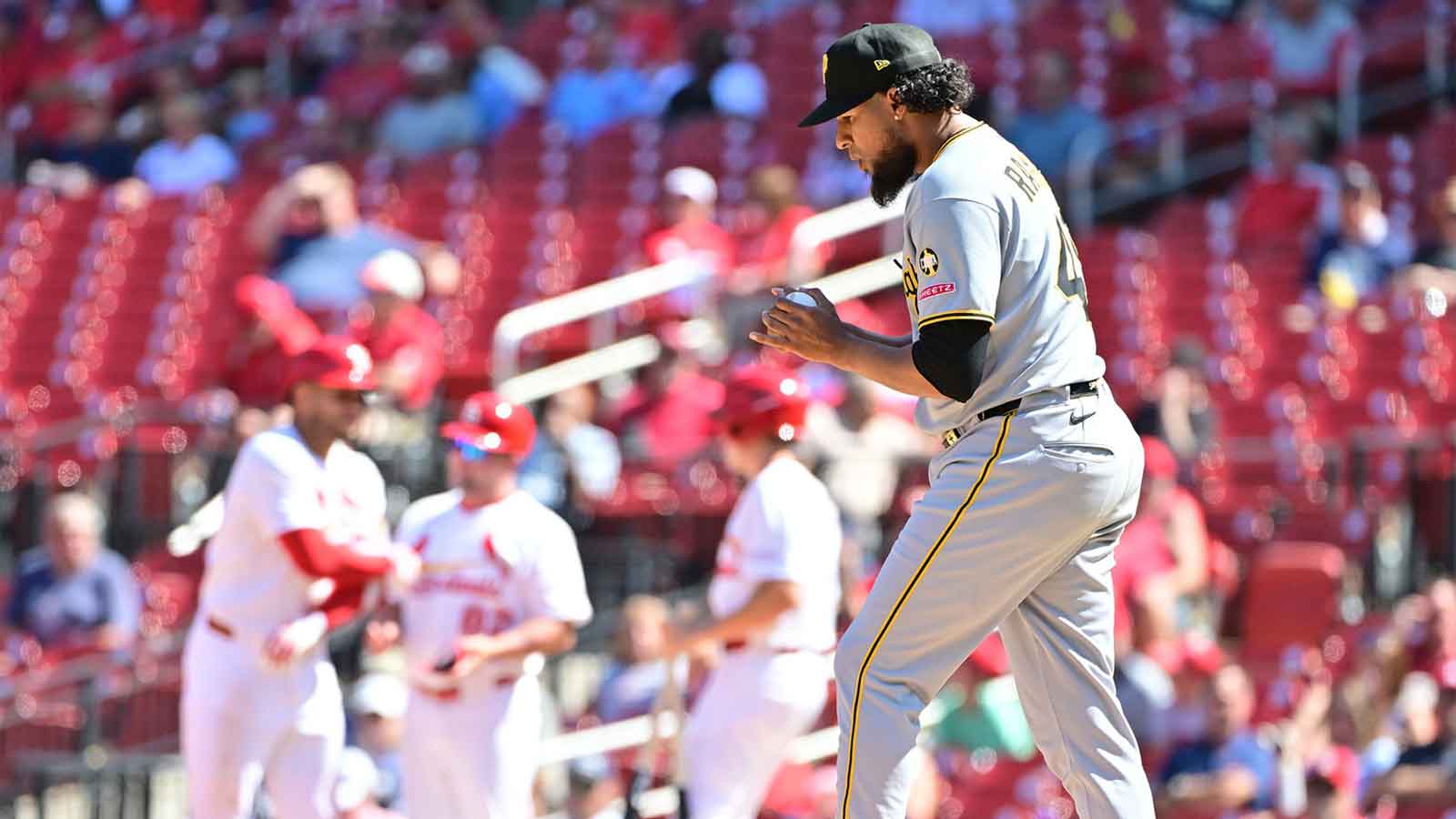As the 2025 MLB season approaches its midpoint, the St. Louis Cardinals find themselves in a familiar but precarious position: competitive, but with clear roster questions looming over their long-term outlook. With a 26-20 record and sitting just one game behind the division-leading Chicago Cubs, the Cardinals are outperforming preseason expectations, thanks in large part to a resurgent Miles Mikolas and a wave of young talent making its mark. But beneath the surface, the franchise faces a critical decision, one that could define the next era of Cardinals baseball.
The Case for Trading Ryan Helsley
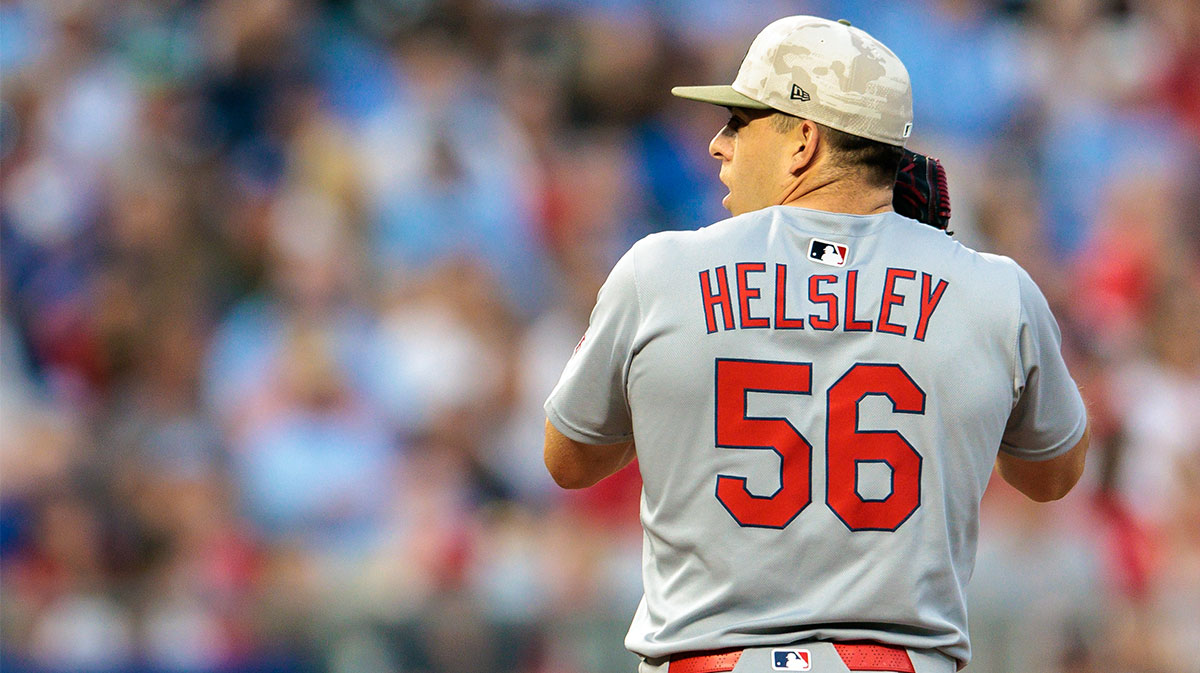
If there is one player the Cardinals must move before the 2025 trade deadline, it’s closer Ryan Helsley. The hard-throwing right-hander authored what many consider the greatest season by a reliever in Cardinals history in 2024, but with free agency looming and the organization flush with young pitching, Helsley represents the ideal trade chip for a team balancing present competitiveness with future sustainability.
Helsley, 30, has been a lockdown presence at the back of the bullpen, but his value may never be higher. The Cardinals, under new leadership with Chaim Bloom, have signaled a willingness to transition toward their next core, focusing on young players like Masyn Winn, Jordan Walker, Alec Burleson, Nolan Gorman, Victor Scott II, and Ivan Herrera. With a deep farm system and several MLB-ready arms waiting in the wings, St. Louis is uniquely positioned to absorb the loss of a star reliever while capitalizing on the robust trade market for bullpen aces.
Trading Helsley at this juncture makes sense for several reasons. First, elite relievers are always in demand among contenders, especially those with October aspirations but bullpen question marks. Helsley’s combination of velocity, strikeout ability, and recent track record would make him one of the most coveted arms on the market.
Second, the Cardinals’ bullpen, while anchored by Helsley, features several capable arms, Phil Maton, JoJo Romero, John King, and promising young relievers, who could step up in his absence. More importantly, the organization’s pitching pipeline is brimming with talent. Left-handers Quinn Mathews and Cooper Hjerpe, right-handers Tink Hence and Michael McGreevy, and others are either knocking on the door or already contributing at the big-league level. This depth makes it feasible for St. Louis to move Helsley without crippling its short-term aspirations.
Third, Helsley’s contract status is a ticking clock. With free agency approaching, the risk of losing him for nothing but a compensatory draft pick is real. By trading him now, the Cardinals can maximize their return and potentially acquire a package that includes both major-league-ready talent and high-upside prospects.
The Trade Proposal
Given the demand for elite relievers and Helsley’s stature, the Cardinals should target a contender with a glaring bullpen need and a willingness to pay for premium relief help. The Los Angeles Dodgers, perennially in the market for bullpen upgrades and with a deep farm system, fit this profile.
Proposed Trade:
Cardinals receive:
-
RHP Nick Frasso (Dodgers’ No. 5 prospect)
-
OF Josue De Paula (Dodgers’ No. 7 prospect)
-
RHP Michael Grove (MLB-ready swingman)
Dodgers receive:
-
RHP Ryan Helsley
Nick Frasso is a high-upside right-hander with a mid-90s fastball and developing secondary pitches, projected to slot into a big-league rotation by 2026. Josue De Paula is a toolsy outfielder with advanced plate discipline and burgeoning power, giving the Cardinals another potential impact bat for their next core. Michael Grove, meanwhile, offers immediate pitching depth—either as a swingman or back-end starter—helping to offset the loss of Helsley in the short term.
For the Dodgers, acquiring Helsley solidifies the ninth inning for a team with World Series ambitions and recent late-inning struggles. For the Cardinals, the deal injects two top-10 prospects into an already strong system, while also providing a controllable arm for the present.
St. Louis is better equipped than most to weather the loss of a star closer. JoJo Romero and Phil Maton both have late-inning experience and could share ninth-inning duties, while John King and Ryan Fernandez provide matchup flexibility. More importantly, the influx of young arms, Quinn Mathews, Tink Hence, and Michael McGreevy, means the Cardinals can continue to develop their next wave of pitching talent at the highest level.
Trading Ryan Helsley is not a move made lightly, nor is it a white flag on the 2025 season. Rather, it is a calculated decision that reflects the Cardinals’ unique position: competitive now, but to build a sustainable winner for years to come. By moving Helsley to peak value, St. Louis can reinforce its farm system, address future needs, and maintain flexibility as its young core matures.

